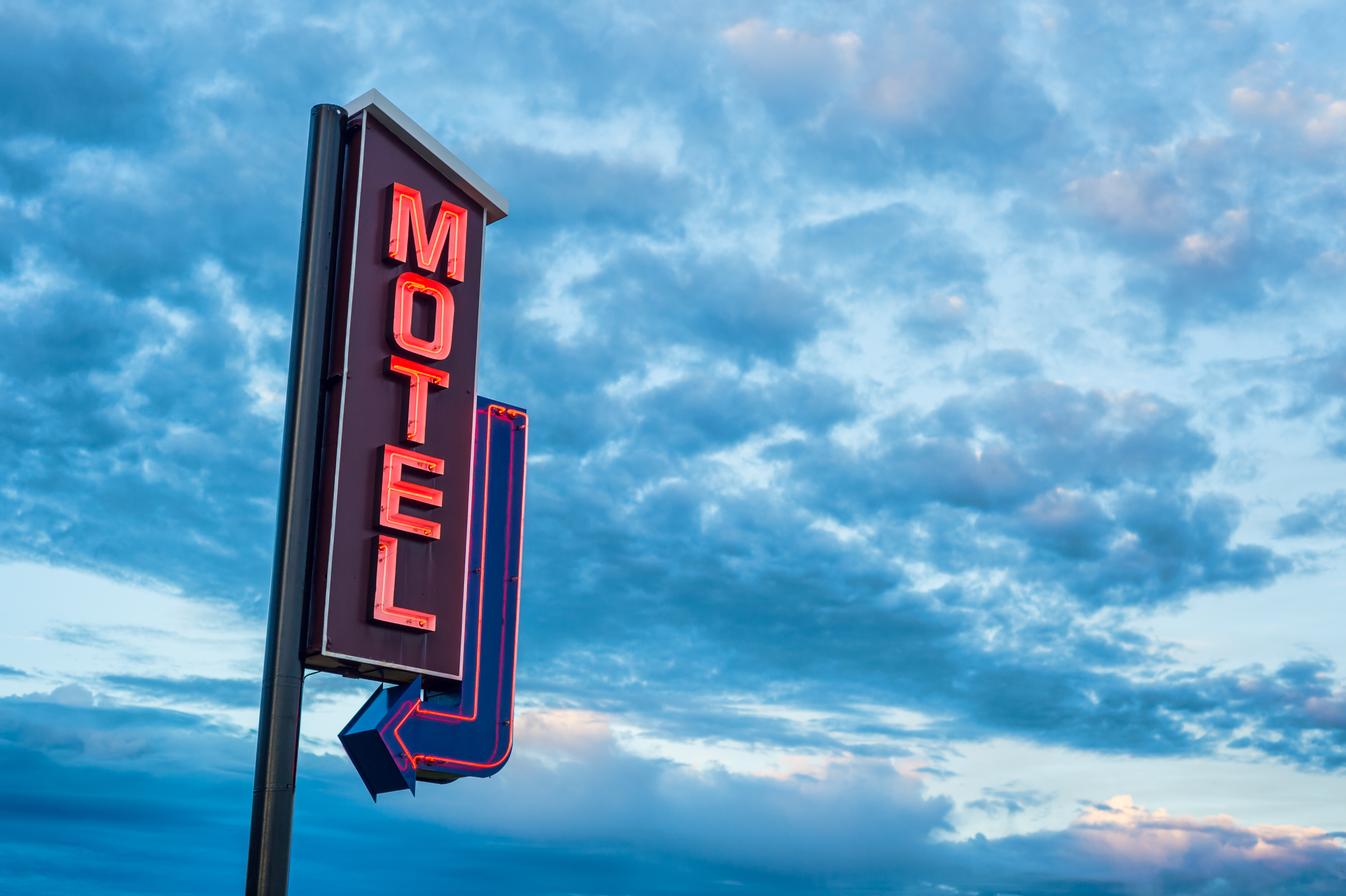Neon ne burns a rich reddish orange and is found in mostly red orange and some blue tubes. What gases are used in neon signs.
Noble gases known for being chemically unreactive were tried and found to produce vivid colors.

Gases used in neon signs and their colors. The other noble gases argon helium xenon and krypton are also used to create bright colorful signs and displays. Different inert gases create different colors including purple. Neon signs are popular for advertising because of their eye catching colors.
There are two main ways of producing other colors of light besides the orange red of neon. One way is to use another gas or a mixture of gases to produce colors. Argon gas almost everything else is filled with argon gas.
Radon the other noble gas is radioactive and not used in signs. Neon in particular gives off a bright glow. The rare gases neon argon helium xenon and krypton are ideally suited for use in signs.
Neon gas neon gas gives off a red glow. Commonly found neon tubing principally uses 2 gases. For example helium glows pink krypton is green and argon is blue.
Argon ar is mixed with vaporized mercury to burn a soft blue and is found in white yellow green and blue tubes. As mentioned earlier each noble gas releases a characteristic color of light. Neon was the first inert gas used in signs so all lighting of this kind is still referred to as neon lighting even though there are a number of other inert gases now used.
While neon is very bright argon s light is weak due to its low resistance. Helium neon argon krypton xenon and radon have a myriad of. This gas is normally contained in tubing that is clear in color and when illuminated projects the brightest red color.
The two most common gases used in neon signs are neon and argon. Discovered around the end of the 19th century the noble gases are the most stable group of the chemical elements.
